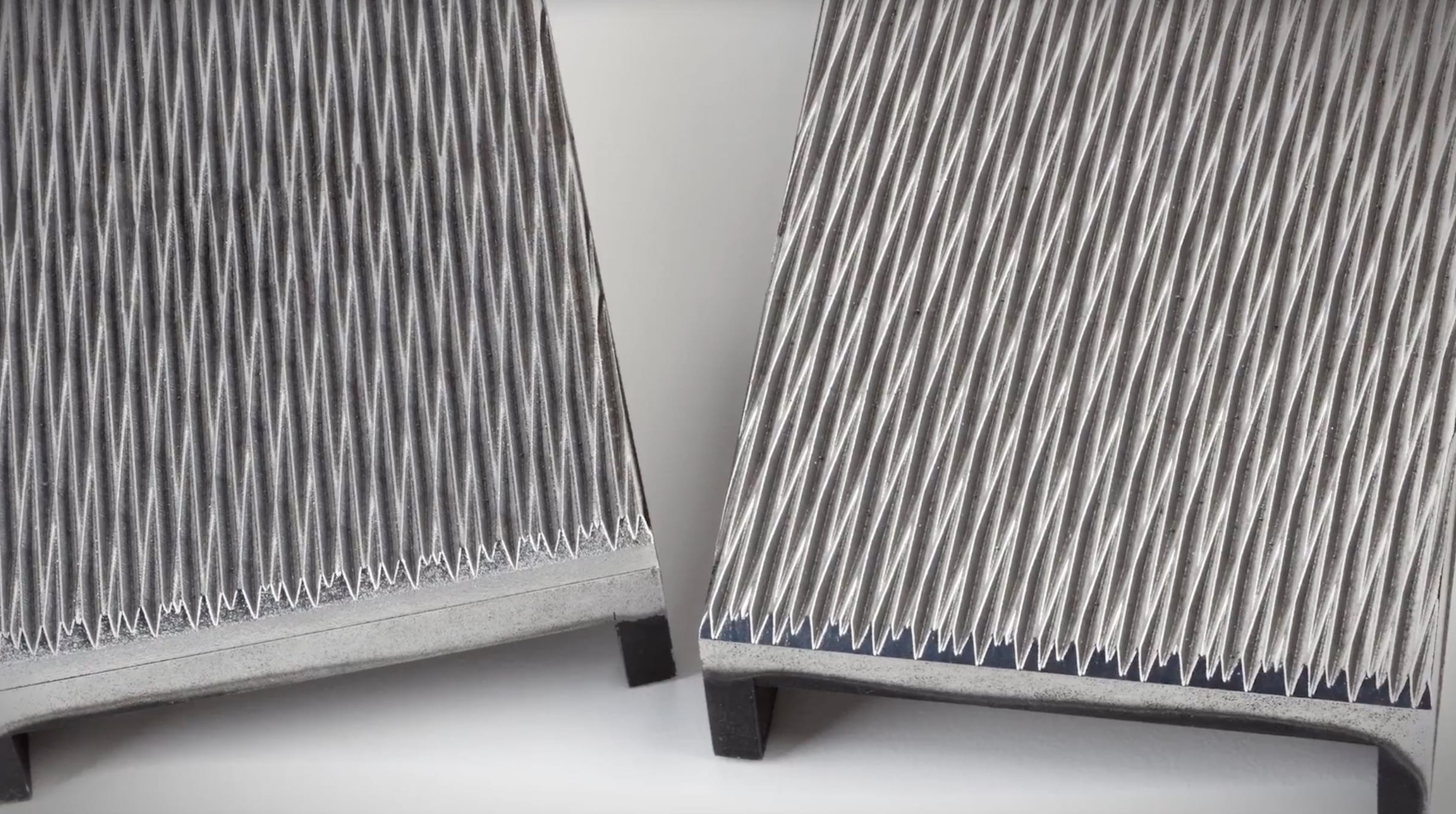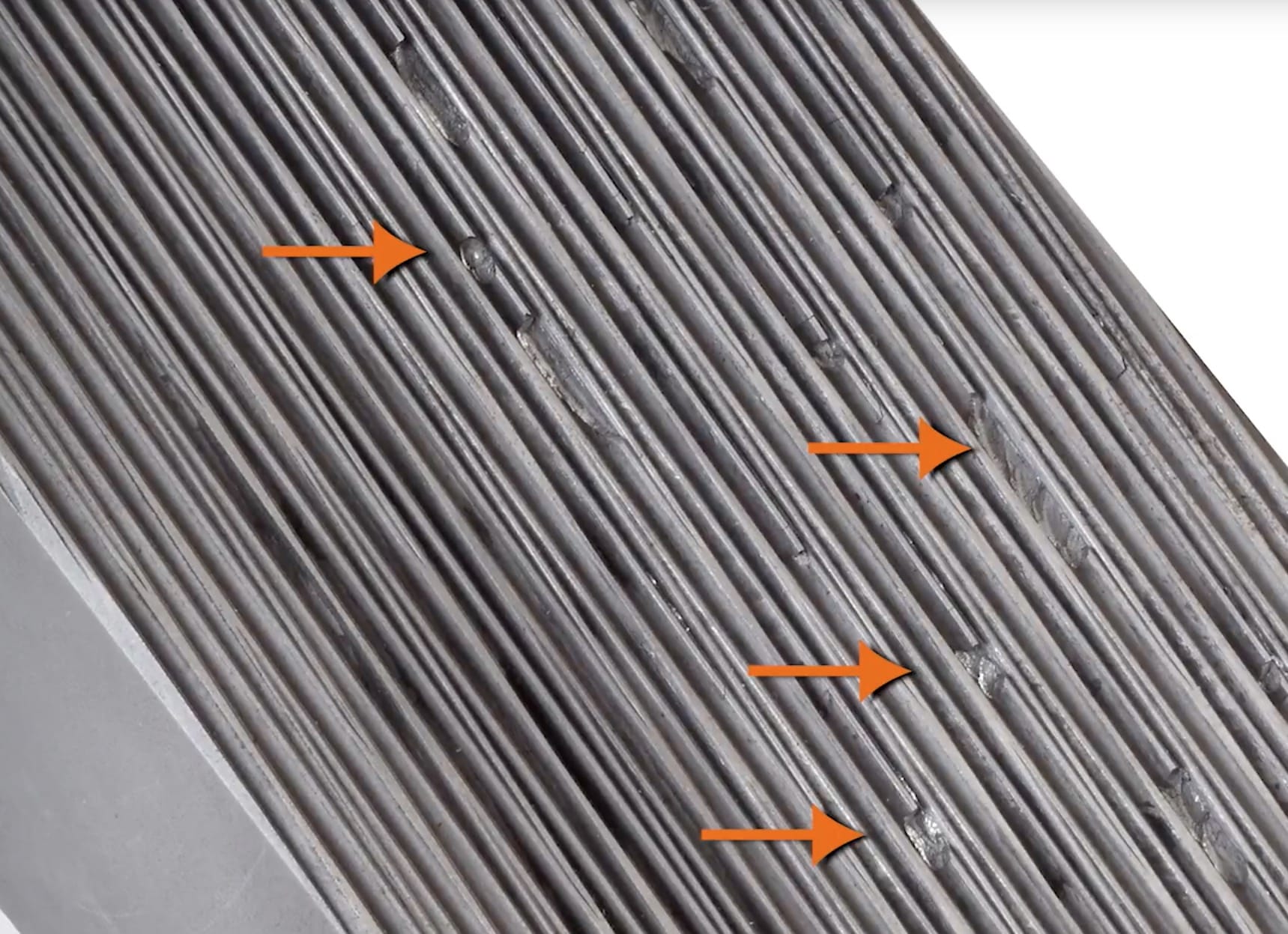
As interest rises in 3D metal printing, so do the metal powder material options for it.
NanoSteel, a company dedicated to producing unusual metal powders that exhibit strong microscopic structure, announced a new product called “BLDRmetal L-40”. This is not their first 3D printing material, but it is a bit different.
They explain the material:
The major drawback to using this technology for many applications has been a lack of hard metals that are printable without cracking. NanoSteel has solved this challenge with a new class of easily printable steel powders that combine high hardness and toughness. The first material available is BLDRmetal™ L-40, which can create parts featuring surface hardness of 70 HRC, high ductility with over 10% elongation and room temperature printability.
Case hardening is a metal process in which the exterior surface becomes hardened, while the interior remains softer, typically a requirement for tooling, as tools typically involve great stress on their surfaces. It seems that NanoSteel has managed to develop a powder that has these properties when 3D printed on powder-bed laser machines. This is ideal for producing 3D printed dies, which could offer advantages over CNC-cut dies.

Here we can see a typical metal threaded bolt, with threads made with a CNC produced die, exhibiting some deficiencies. This results in a low performance part. NanoSteel’s case study focuses on developing a 3D printed die to make threaded bolts that resist self-loosening, which is often the result of poor quality threads.
Their new material provides a way to achieve a much smoother and harder surface, and that predictability should permit the 3D printing of high-performance tooling that is more reliable.
BLDRmetal L-40 provides a material that is sufficiently hard to create such tooling.
Developments such as BLDRmetal L-40 should gradually open up additional fields of exploring in 3D metal printing. New applications will be discovered as users experiment with materials having different properties. Of course, such applications must have a clear advantage, functional or financial, to be successful, but here we at least have the opportunity to try.
Via NanoSteel

